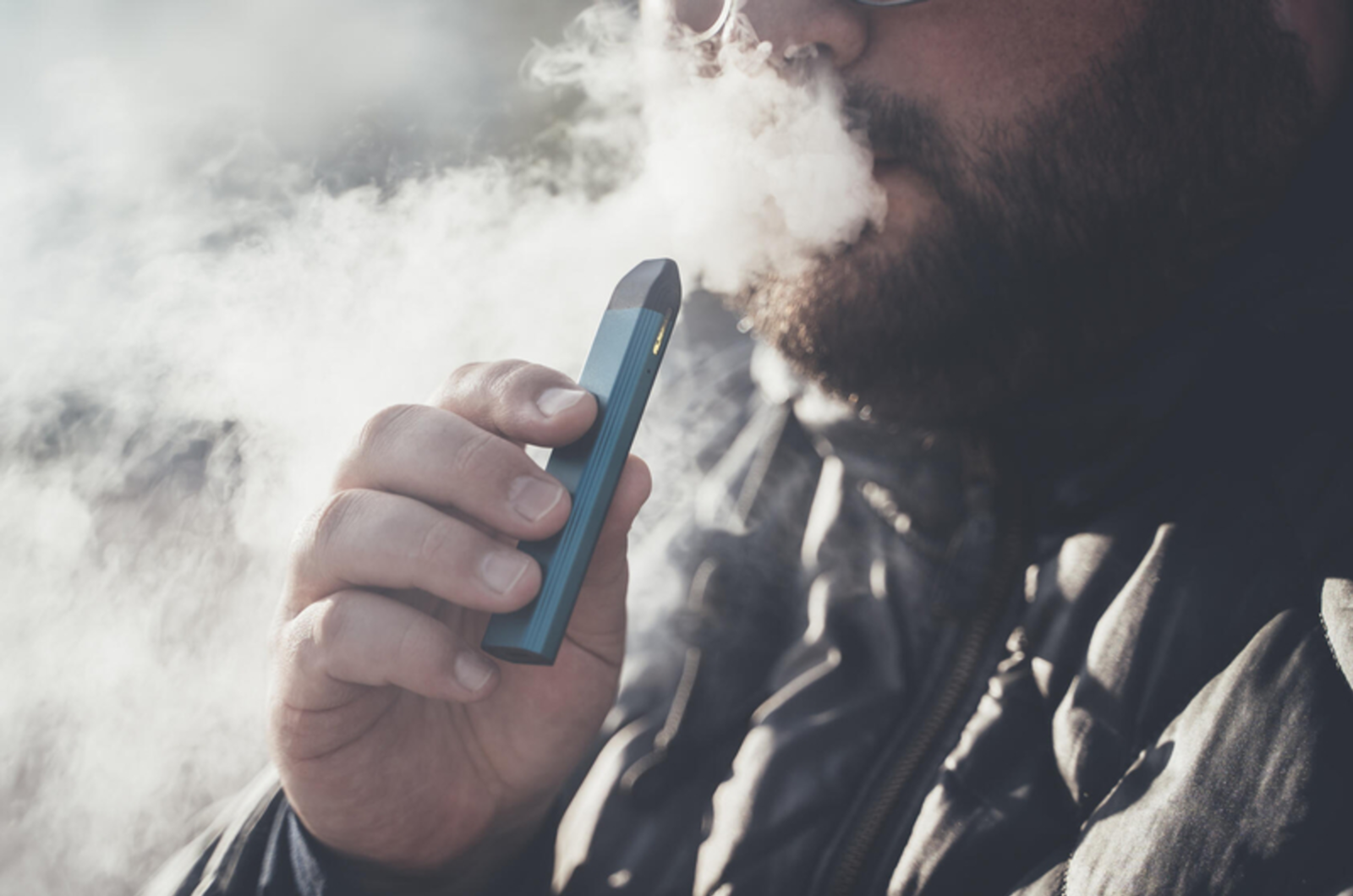Overview
Overview:
Electronic cigarettes entered the United States tobacco market in the early part of the 21st century. The early e-cigarettes were modeled after the chemistry of conventional cigarettes and were not efficient nicotine delivery devices. The e-liquid used “free base” nicotine that had adversive side effects. In 2015, JUUL launched and “re-invented” the e-cigarette, by adding benzoic acid to nicotine, producing a salt nicotine. The company discovered that by reconfiguring the formula of the e-liquid, it produced equivalent blood nicotine levels as a conventional cigarette and thus had a similar addictive potential. This webinar will look at how the e-cigarette companies avoided FDA regulation, helping them to compete in the tobacco market. It will also look at how nicotine in different forms play a role in addiction.
Goals and Objectives:
At the end of this presentation the attendees will be able to:
- Explain basic pharmacology of nicotine, its 3 forms (diprotonated, mono protonated and unprotonated), and the effect of pH on the equilibrium and biologic availability of the forms.
- Describe how conventional cigarettes are the most efficient nicotine delivery devices ever conceived, manufactured, and perfected.
- Identify how JUUL scientists and managers enhanced the nicotine delivery of its vaping devices (utilizing knowledge about nicotine chemistry gleaned from previously secret tobacco industry documents) to emulate the delivery of conventional cigarettes and made the delivery of elevated levels of nicotine palatable.
- Explain how JUUL promoted its device as a method to help smokers “switch/stop” in the absence of randomized controlled trials to prove safety and efficacy because it was more profitable to avoid regulation as a medical product.






